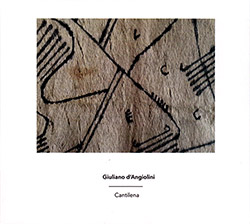
Six chamber works by the Paris-based Italian composer Giuliano d Angiolini, following his Edition Rz release by presenting more examples of Giuliano's careful and particular use of indeterminate elements in a series of compositions that are musically exquisite.
Out of Stock
Quantity in Basket: None
Log In to use our Wish List
Shipping Weight: 3.00 units
Sample The Album:
Giuliano d Angiolini-composer
Manuel Zurria-flutes
Melaine Dalibert-piano
Quatuor Parisii-ensemble
Arnaud Vallin-violin
Doriane Gable-violins
Dominique Lobet-viola
Jean-Philippe Martignoni-cello
Ensemble Chrysalide-ensemble
Baptiste Boiron-saxophone
Benjamin Boiron-cello
Click an artist name above to see in-stock items for that artist.
Label: Another Timbre
Catalog ID: at102
Squidco Product Code: 23225
Format: CD
Condition: New
Released: 2016
Country: UK
Packaging: Cardboard Gatefold
"A port in the storm, this. Giuliano d Angiolini is a Paris-based Italian composer and ethnomusicologist who makes music of whispered, consolatory indeterminacy. He is probably best known (if he is known at all) for a 2011 album called Simmetrie di Ritorno, but I would argue that this new release is more sublime, or perhaps just more timely. It contains poised and attentive performances of the piano piece Finale, the string quartet (Suoni della Neve e del Gelo) and the five-flute Aria del Flauto Eolico, all of it the most discreet and enabling kind of chance music - like John Cage, d Angiolini uses procedures that play out differently every time - that isn't didactic or abrupt and never resorts to shock tactics. Instead, it lays sounds bare and leaves generous opens spaces for a listener to feel her own responses, or not. This is music in the present tense, no guile or bile or shouting, no post-truths."-Kate Molleson, The Guardian
Interview with Giuliano d Angiolini
On the cover of the CD you say that four of the works - Aria del flauto eolico, Cantilena, (suoni della neve e del gelo), Motivetto - were composed using indeterminate procedures. Could you say a bit more about how those compositions work and why you use indeterminacy in many of your pieces?
I began using indeterminate procedures in 1997, with Ita vita zita rita, and since then most of my compositions are indeterminate in one or more aspects. The problem is that each time you have to invent a procedure which is both efficient and which doesn't become too complicated in its realisation. One excellent and remarkably elegant solution was produced by the genius of John Cage : time-brackets, which I have used several times starting Notturno in progressione and most recently Aria del flauto eolico and (suoni della neve e del gelo). With time brackets you can create a solid structure which is at the same time elastic as regards the placement of events in time. In Motivetto there are just two gamuts and some rules of behaviour which distinguish between short sounds, long sounds and their dynamics. In Cantilena, the interpreter chooses one note from a pentatonic anhemitonic scale. However with every attack it slides by one step in the chromatic field, as if you are hearing a sort of melody with simple intervals, with intervals and notes which appear to recur, but in fact are constantly being renewed. Durations occur naturally according to the type of instrumental gesture being used. Cantilena is a compositional machine which can produce a large number of different musics, but which belong to the same family.
Indeterminacy is a central question for me, and I regret that today it has been to some extent pushed to the margins, ignored or misunderstood. Too often art is artificial, and too often the artist tries to surprise us or force an emotion upon us. Indeterminacy or chance put a brake on our will. I like the idea that expression and emotion can rise up freely and spontaneously, and that they don't have to be willed by the artist at a particular moment according to the logic of his or her taste or personal thoughts. Humans should be more discreet. The beauty which strikes me most (and which strikes all of us) is that of a landscape or of nature, and that is what I am trying to reconstruct.
You say that you particularly like the tradition of indeterminacy that has come down from Cage. When you started composing, were you already working in experimental music, or were you originally working in a different tradition?
My first compositions were consonant, which was pretty original at that time... My first piece worthy of the name used the structures and spirit of pygmy polyphonic music, which I'd recently got to know through the studies published by Sihma Arom (whereas I didn't know Steve Reich's music). Then I partially adopted serialism, which was current at that time in Italy and elsewhere, especially the way in which it was used by Stravinsky in his late compositions, which I studied a lot. I only truly came to understand John Cage's approach later, having been interested in Buddhism. Some of his works inspired me directly, but I don't feel part of an 'experimental music' tradition. However, I do have a great admiration for the work of Feldman, and in particular David Tudor, a great composer who is unjustly forgotten today.
I took a long time to find myself, or rather to refind myself, as it was a long and laborious journey to re-discover that which I had been spontaneously at the outset. So it's like a Socratic, or perhaps a Buddhist, path as applied to music: to re-find yourself authentically.
Ah, so that's why you wanted to use a picture of a pygmy barkcloth on the CD cover! You are also an ethnomusicologist. Does your work in this field continue to affect the music that you write?
I thought the picture was beautiful, and that it bore some relation to the music I write. In addition this barkcloth is in my living room, so I only had to take a photograph...
Apart from a few cases where I have borrowed directly from certain traditional oral musics, my work as an ethnomusicologist has perhaps influenced me in a broad sense, leading me sometimes to adopt certain choices, or indeed particular sonorities, but without being really fundamental.
You're probably best known for your beautiful album on the Edition RZ label, Simmetrie di Ritorno. Most of the pieces on Cantilena were written considerably later than most of the works on that disc. Do you feel that your music has changed significantly over that period, or are both discs examples of a mature style that has settled?
I think that the compositions on both discs belong to my mature style, or perhaps they anticipate it, even if today I wouldn't compose in the same way, nor use the same techniques as in the older pieces. But they are all works which I consider worth hearing. In fact I have rejected two thirds of my compositions, which has considerably rejuvenated my catalogue, and has made me a less prolific composer...
The world is currently enveloped in a gigantic background noise, and I don't think it's wise to add too many sounds to this noise. So I try to orientate myself towards only what is essential and do the least possible. I've chosen to develop my work not by shouting more loudly but by becoming more discreet. That is also my nature, although I'm not as wise as Tudor, who disappeared without leaving a trace, like a light breeze on a summer afternoon.
Do you think that your response to the noisy saturation of the world is utopian? Are you trying to withdraw from or ignore this deluge of sounds, and is that possible?
Perhaps it is utopian, but I don't have any other means or strategies available. We are working in the shadows, like the monks of the middle ages.

The Squid's Ear!
Artist Biographies
• Show Bio for Giuliano d Angiolini "Giuliano D'Angiolini was born in Rome in 1960. He studied composition at the Santa Cecilia Conservatory in Rome under the direction of Aldo Clementi, and with Boris Porena at the Associazione Culturale Arcadia. From 1980 to 1982 he enriched his musical training by studying ethnomusicology at the 'La Sapienza' University in Rome and the Accademia Chigiana in Sienna. His teachers were Diego Carpitella, Jean-Jacques Nattiez, Ivan Vandor, Simha Arom and Gilbert Rouget. In 1983 he followed Karlheinz Stockhausen's classes in Rome, then in 1986 he studied computer music at the Centro di Sonologia Computazionale in Padua. From 1993 to 1996, in Paris, he was artistic director of the Festival of contemporary Italian music at the Italian Institute, and then worked in residence at the CCMIX from 1997 to 1998. As a musicologist, Giuliano D'Angiolini has published many writings in periodicals and collective works on the music of the Middle Ages, contemporary music and music of various oral traditions. He is notably the author of two studies of Karlheinz Stockhausen in the periodical Analyse Musicale. As an ethnomusicologist he has recorded many broadcasts on the music of Flanders and Burgundy from the late Middle Ages for Italian Radio. He made and provided commentaries for a recording of Greek music (Musique de l'Île de Karpathos, Buda Records, 1996) then a CD-book on the same subject (A giorno nella gioia, l'indomani nel pianto: La musica dell'isola di Karpathos, Nota, Geos, 2007) and has also published work on Italian and Sardinian vocal music. His passion for medieval music and for certain types of traditional music lies at the heart of some of his own works. His approach has led him to develop music that he terms impersonal, music from which any kind of development or form is banished. He takes an interest in low-grade musical material, in smooth structures, thereby evincing a predilection for non-narrative, non-evolving music. Sound, for Giuliano D'Angiolini, is significant in itself and requires both time and space to be perceived. A musical composition is thus like a window that opens out onto a landscape, whichever it may be. His works are played by many ensembles such as Alter Ego, Cairn, Chrysalide Ensemble, 2e2m, Factus, Le Banquet, Ensemble Modern, the Parisii Quartet, Art Zoyd, and at leading festivals: Ars Musica, Aujourd'hui Musiques, Festival d'Automne, Présences, Voix Nouvelles. His works include: Ho visto un incidente (1992) to poems of Sandro Penna, first performed by Marie Kobayashi at the Italian Cultural Institute in Paris; Poliouchka, poliana (1996) for instrumental ensemble, premiered by the ensemble Le Banquet at the Centre Georges-Pompidou in Paris; Encore chorals (1998) for violin, viola, cello, piano and radiophonic noises, first performed by the Ictus Ensemble at the Abbey of Royaumont during the Voix Nouvelles festival; In saeculum for violin and prepared piano, based on two motets from the Codex Bamberg (2001); Notturno in progressione (2004) for string quartet, premiered by the Parisii Quartet; Di questo passo (2004) for strings and electronic instruments; Orizzonte fisso, bordoni mobili (2007), premiered by the ensemble 2e2m at the Présences festival; Motivetto (2009) for a variable group; 7 flauti - 16'56" (2010) for 7 flutes; Scomposizione del moto ondoso (2010) for string quartet." ^ Hide Bio for Giuliano d Angiolini • Show Bio for Manuel Zurria "Born in Catania in 1962. Moved to Rome in 1980. Worked with Italian composers such as Sylvano Bussotti, Aldo Clementi, Franco Donatoni, Luca Francesconi, Adriano Guarnieri, Francesco Pennisi and Fabio Vacchi. Particularly significant his long term collaboration with Alvin Lucier and Salvatore Sciarrino. He has inspired a whole generation of composers from all over the world to imagine new works for flute: Giancarlo Cardini, Emanuele Casale, Luigi Ceccarelli, Philip Corner, Laurence Crane, Noah Creshevsky, James Dashow, Giuliano D'Angiolini, Fabrizio De Rossi Re, Mario Garuti, Simon Holt, Toshio Hosokawa, Juste Janulyte, Ricardas Kabelis, Bernhard Lang, Mary Jane Leach, Claude Lenners, Gabriele Manca, Yan Maresz, Rytis Mazulis, Mario Pagliarani, Maurizio Pisati, Fausto Romitelli, Nicola Sani, James Saunders, Salvatore Sciarrino, Stefano Scodanibbio, Matthew Shlomowitz, Howard Skempton, Lucia Ronchetti, Yoshihisa Taira, Emiliano Turazzi, Jacob TV and Caspar J. Walter have written new works for him. Among the long list of first performances he took part, remarkable the ones by Terry Riley, Arvo Part, Frederic Rzewski, Alvin Curran and Kevin Volans. Performed at International Festivals all around the world: Venice Music Biennale, Pacific Music Festival (Sapporo-Japan), Musica (Strasbourg), Beethovenhalle (Bonn), Settembre Musica (Torino), De Yjsbreker (Amsterdam), IRCAM - Festival Agorà (Paris), Rachmaninov Hall (Moscow), Temporada (Buenos Aires), Festival d'Automne (Paris), Rikskonserter (Stockholm), Illikhom Theatre (Tashkent-Uzbekistan), Takefu Festival (Japan), Akademie der Künste (Berlin), Maerz Musik (Berlin), The Warehouse (London), Festival Archipel (Geneve), NUMUS (Aarhus), Orpheus Foundation (Gent), Auditori (Barcelona), Musica Nova (Helsinki), ULTIMA (Oslo), Ensem (Valencia), Wien Modern, Jauna Muzika (Vilnius), MusikHaus (Wien), Berliner Philarmonie (Berlin), Teatro alla Scala/Musica per la Resistenza (Milano), Orestiadi di Gibellina, Huddersfield Contemporary Music Festival, New Directions (Lulea-Sweden), Bartòk Festival (Szombathely-Hungary), Philarmonie (Luxembourg), Centro Cultural São Paulo (Brazil), Rassegna di Nuova Musica (Macerata), Ukho Music (Kiev), Tectonics Festival (Onassis Cultural Centre, Athens Greece), Auditorium Stelio Molo RSI (Lugano, Switzerland). In 1990 he was one of the founders of Alter Ego, Italian leading group for contemporary music. Released cds and vinyls with BMG Ariola, Ricordi, Capstone, EdiPan, Stradivarius, Die Schachtel, Mazagran, Mode Records, Megadisc, God Records, Atopos, Touch, Another Timbre, Modern Love, ANTS. He's author of a unique discographic project on minimalism in 3 parts and 7 cds (REPEAT!, by Die Schachtel 2007, Loops4ever by Mazagran 2011 and Again&Again by ANTS Records 2020)." ^ Hide Bio for Manuel Zurria • Show Bio for Melaine Dalibert "Melaine Dalibert is a French pianist and composer born in 1979. After studying piano in Rennes and Paris conservatories (with Joël CAPBERT and Pierre REACH), he dedicates himself to contemporary art creation as a performer (première pieces from Gérard Pesson, Giuliano D'Angiolini, Tom Johnson, Ahmed Essyad among others) while initiating a persona composition work based on rigorous generative systems. Melaine shares preoccupations with visual artists such as François Morellet, Véra Molnar or Marcel Dinahet, whom he has collaborated with, and his music is deliberately emancipated from any narrative purpose in order to highlight combinatorial games vacillating between order and chaos. His creations have been radio transmitted (France Musique) and played in many French and foreign museums and contemporary art centers." ^ Hide Bio for Melaine Dalibert • Show Bio for Baptiste Boiron "Born in 1980, Baptiste Boiron is a saxophonist and clarinetist. He studied classical performance at the Conservatoires of Boulogne-Billancourt and Bordeaux with Jean-Michel Goury and Marie-Bernadette Charrier, and he obtained a DEM in 2007 and a Diplôme d'Etat in 2013. He also had masterclasses with Dr William Street (2002) and Dr John Sampen (2016). He has collaborated on improvisation and jazz with Régis Huby, Médéric Collignon, Urs Leimgruber, Frédéric Gastard, Bruno Chevillon, Jacques Di Donato and Beñat Achiary. He founded the jazz bands Ambroise and L'homme à la pioche, is a member of TRILUX, has performed and collaborated with Médéric Collignon and Manuel Adnot, and in Forêt Ivre with Louis Godart and Romain Ballarini. He practiced a bit of Brittany traditional music thanks to workshops with Régis Huiban and Christian Faucheur. His versatility made Baptiste Boiron found the Ensemble Chrysalide, a modular ensemble created to share and promote improvised and notated contemporary music. This objective led him to have meetings with living composers, and gave him the opportunity to premiere works from Yves Krier, Mauricio Meza, Mathieu Bonilla, Gérard Pesson, Jonathan Harvey, Giuliano D'Angiolini, Michel Boëdec, LL De Mars and to collaborate with Helmut Lachenmann to adapt his piece Dal Niente for the alto saxophone." His studies (Baptiste Boiron graduated a Maîtrise of visual Arts at Rennes 2 University), made him keep in touch with many kinds of artistic expression : many of his performances, as a soloist or with the Ensemble Chrysalide, were in conjunction with works from Olivier Cazenove, Marcel Dupertuis, Nicolas Chatelain, Pierre Tal-Coat, Arnaud Vasseux, Jean-Jacques Dournon, Jean-Louis Gerbaud or Geneviève Asse. He graduated a composition DEM in 2009 in the class of Jean-Yves Bosseur at the Conservatoire of Bordeaux, and had master classes from Yves Krier, Gérard Pesson, Alain Bioteau, Jonathan Harvey, Georges Aperghis, Bernard de Vienne and Roger Tessier, Baptiste Boiron composed for institutions like the ADDM 35, the Semaines Musicales de Quimper, the Tal-Coat art Center of Kerguéhennec, music school of Guichen, the Réseau des Saxophonistes Bretons, the FEPEM 35. His music has been frequently performed at the Festival Ebruitez-vous in Rennes. He has been Living in London Ontario in Canada between 2015 and 2019 and graduated a Master of music (saxophone) at the University of Western Ontario. He conducted the canadian Ensemble Atlantica between 2017 and 2019. Baptiste Boiron has been composer in residence at the Domaine de Kerguéhennec (Morbihan) between february and june 2020, to create and record the trio Boiron-Chevillon-Gastard, released by french Label Ayler Records, and to develop a cycle of chamber music about Pierre Tal-Coat begun in 2010. Influenced by Anthony Braxton's concept of Global music, he focuses on creating demanding and singular works. ^ Hide Bio for Baptiste Boiron
12/3/2025
Have a better biography or biography source? Please Contact Us so that we can update this biography.
12/3/2025
Have a better biography or biography source? Please Contact Us so that we can update this biography.
12/3/2025
Have a better biography or biography source? Please Contact Us so that we can update this biography.
12/3/2025
Have a better biography or biography source? Please Contact Us so that we can update this biography.
Track Listing:
1. Aria del flauto eolico (2015) 7:16
2. Finale (2012) 18:28
3. Cantilena (2014) 5:20
4. Allegretto 94.6 (2002) 5:56
5. (suoni della neve e del gelo) (2014) 10:03
6. Motivetto (2009) 6:00
Compositional Forms
Large Ensembles
Ambient & Minimal Music
New in Compositional Music
New in Compositional Music
Search for other titles on the label:
Another Timbre.

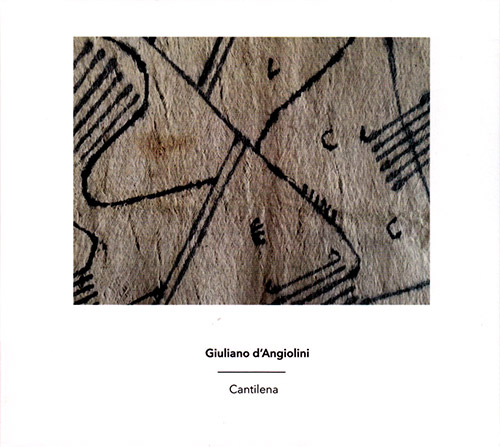
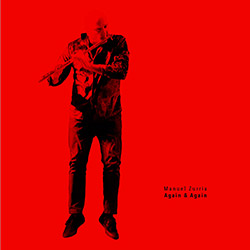
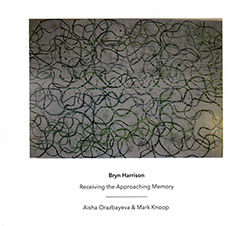
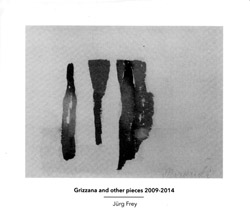
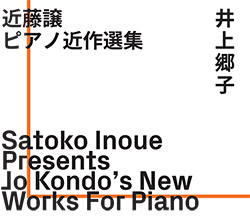
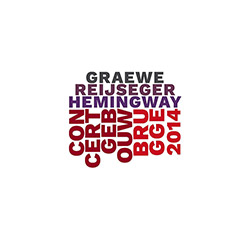
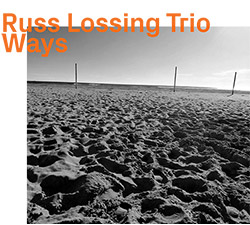
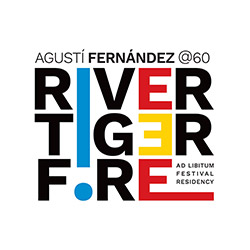
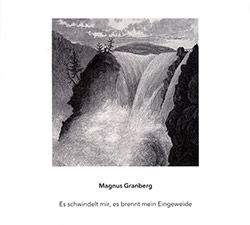
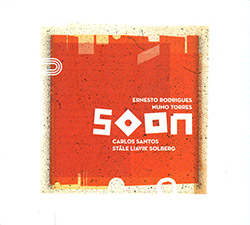
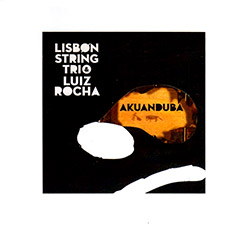
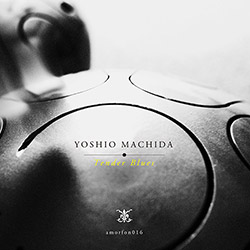
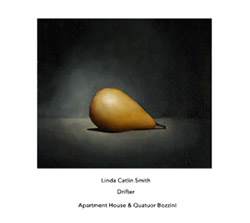
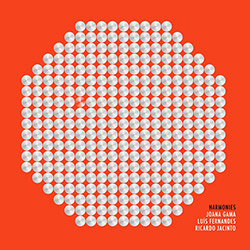
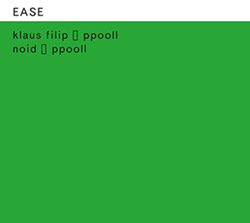
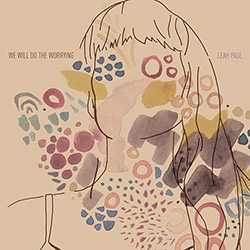
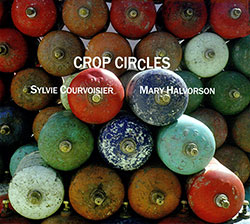
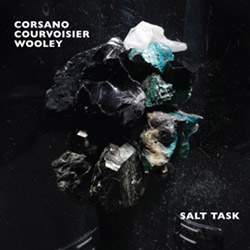
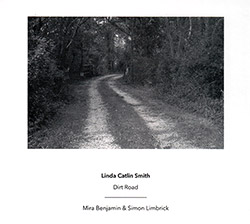
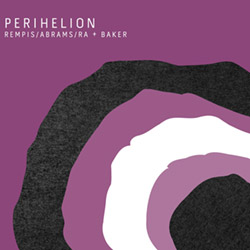
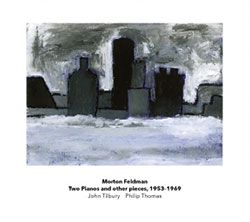
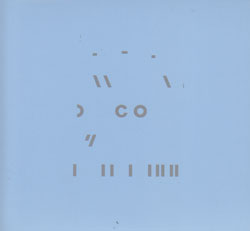
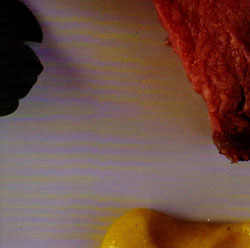
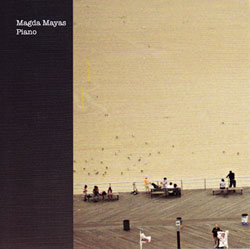
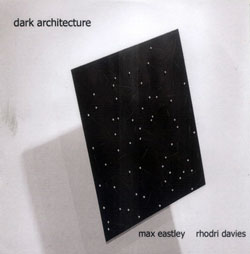

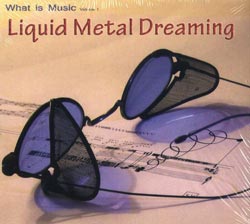

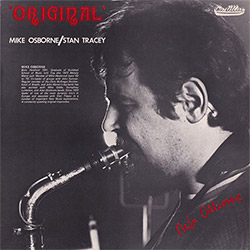
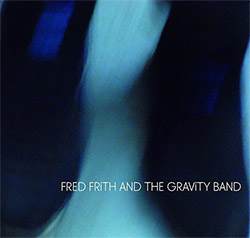
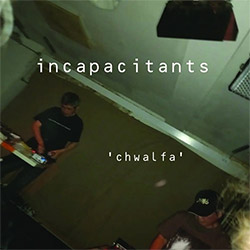
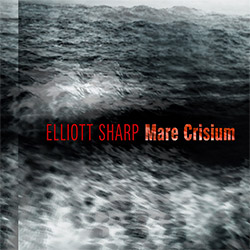
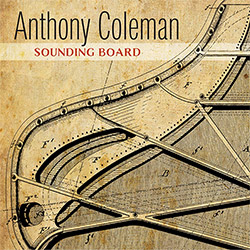
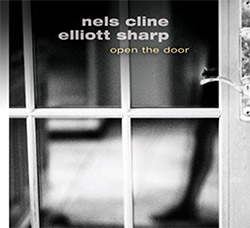
![[ahmed] (Thomas / Grip / Gerbal / Wright): Sama](https://www.teuthida.com/productImages/misc4/36976.jpg)
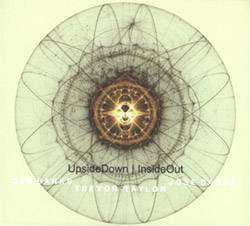
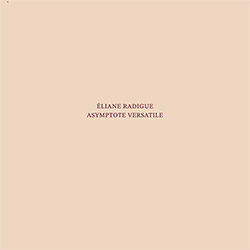
![Mateen, Sabir / Patrick Holmes / Federico Ughi : Survival Situation [LTD VINYL LP + DOWNLOAD]](https://www.teuthida.com/productImages/misc4/29891.jpg)
![Tucker, Dave / Pat Thomas / Thurston Moore / Mark Sanders: Educated Guess Vol. 1 [COLORED VINYL]](https://www.teuthida.com/productImages/misc4/30183.jpg)
![Sarian, Michael / Matthew Putman: A Lifeboat (Part I) [COLORED VINYL]](https://www.teuthida.com/productImages/misc4/30426.jpg)
![Hprizm: Signs Remixed [COLORED VINYL]](https://www.teuthida.com/productImages/misc4/30635.jpg)
![Carter, Daniel / Tobias Wilner / Djibril Toure / Federico Ughi: New York United Volume 2 [COLOR VINYL]](https://www.teuthida.com/productImages/misc4/30665.jpg)
![Mela, Francisco feat. Matthew Shipp / William Parker: Music Frees Our Souls, Vol. 1 [BLUE VINYL]](https://www.teuthida.com/productImages/misc4/30999.jpg)
![Heroes Are Gang Leaders: LeAutoRoiOgraphy [COLORED VINYL]](https://www.teuthida.com/productImages/misc4/32253.jpg)
![Carter, Daniel / Matthew Shipp / William Parker / Gerald Cleaver: Welcome Adventure! Vol. 2 [COLOR VINYL]](https://www.teuthida.com/productImages/misc4/32385.jpg)
![Carter, Daniel / Evan Strauss / 5-Track / Sheridan Riley: The Uproar In Bursts Of Sound And Silence [COLORED VINYL]](https://www.teuthida.com/productImages/misc4/32515.jpg)
![Ackerley, Jessica / Patrick Shiroishi / Chris Williams / Luke Stewart / Jason Nazary: SSWAN: Invisibility is an Unnatural Disaster [COLORED VINYL]](https://www.teuthida.com/productImages/misc4/32586.jpg)
![Mela, Francisco feat. Cooper-Moore / William Parker: Music Frees Our Souls, Vol. 2 [COLORED VINYL]](https://www.teuthida.com/productImages/misc4/32735.jpg)
![Coultrain: Mundus [COLORED VINYL]](https://www.teuthida.com/productImages/misc4/33056.jpg)
![Amba, Zoh / William Parker / Francisco Mela: O Life, O Light Vol. 2 [COLOR VINYL]](https://www.teuthida.com/productImages/misc4/33059.jpg)
![Cleaver, Gerald / Brandon Lopez / Hprizm: In The Wilderness [COLOR VINYL]](https://www.teuthida.com/productImages/misc4/33060.jpg)
![Dikeman, John / Pat Thomas / John Edwards / Steve Noble: Volume 1 [COLORED VINYL]](https://www.teuthida.com/productImages/misc4/33099.jpg)
![Dikeman, John / Pat Thomas / John Edwards / Steve Noble: Volume 2 [COLOR VINYL]](https://www.teuthida.com/productImages/misc4/33184.jpg)
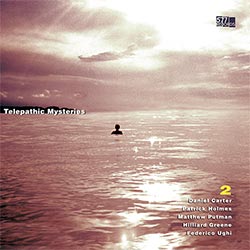
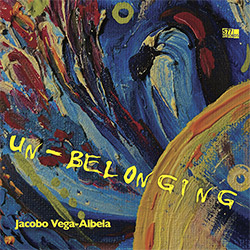
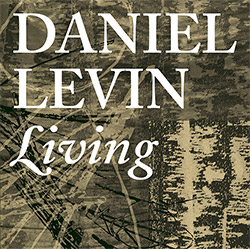
![McPhee, Joe : Defiant Jazz: a Joe McPhee Taster [VINYL]](https://www.teuthida.com/productImages/misc4/36859.jpg)
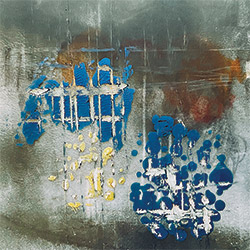
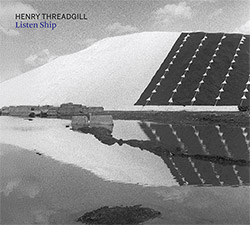
![Threadgill, Henry (Ross / Frisell / Besile-Che / Okazaki / Harris / Takeishi / Keren / Carlberg): Listen Ship [VINYL]](https://www.teuthida.com/productImages/misc4/36743.jpg)
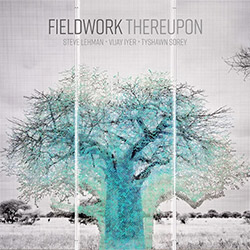
![Fieldwork (Iyer / Lehman / Sorey): Thereupon [VINYL]](https://www.teuthida.com/productImages/misc4/36745.jpg)
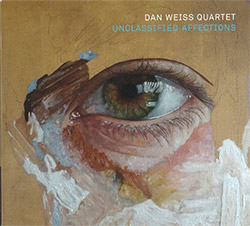
![Weiss, Dan (w/ Evans / Okazaki / Brennan): Unclassified Affections [VINYL 2 LPs]](https://www.teuthida.com/productImages/misc4/36747.jpg)
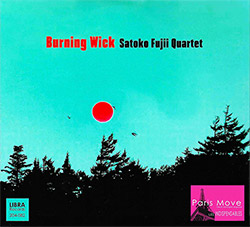
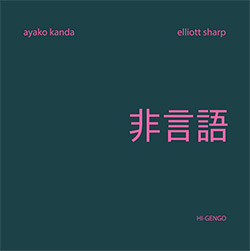
![Armaroli / Piccolo / Sharp: Imaginary Songbook [2 CDs]](https://www.teuthida.com/productImages/misc4/36415.jpg)
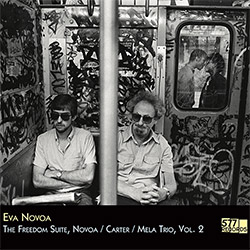
![Novoa, Eva Trio (w/ Carter / Mela): The Freedom Suite, Vol. 2 [VINYL]](https://www.teuthida.com/productImages/misc4/36624.jpg)
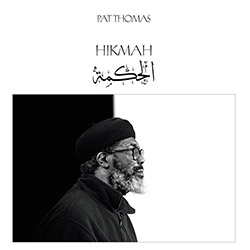
![Thomas, Pat: Hikmah [VINYL w/ DOWNLOAD]](https://www.teuthida.com/productImages/misc4/36930.jpg)
![Torchia, Gene / John Stowell: Duo [2 CDs]](https://www.teuthida.com/productImages/misc4/36943.jpg)

![Genthon, Anouck / Lionel Marchetti: Suite Blanche [2 CDs]](https://www.teuthida.com/productImages/misc4/36642.jpg)
![Toeplitz, Kasper T.: Erosions Programmees [CD + BOOKLET]](https://www.teuthida.com/productImages/misc4/36639.jpg)
![Gate, The : Amost Live [CASSETTE + MAGAZINE]](https://www.teuthida.com/productImages/misc4/36836.jpg)
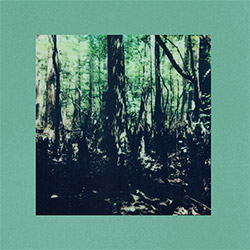
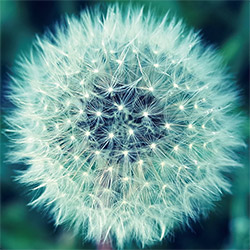
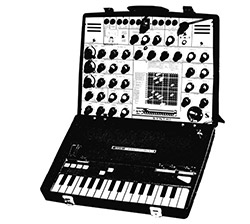
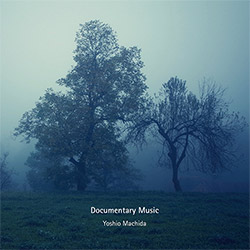
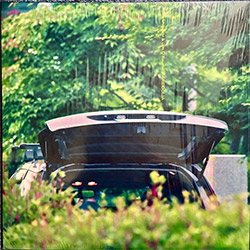
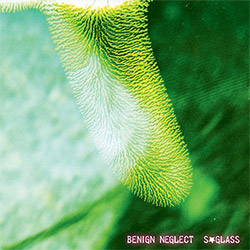
![A Magic Whistle: The Solar Cell [VINYL]](https://www.teuthida.com/productImages/misc4/36658.jpg)
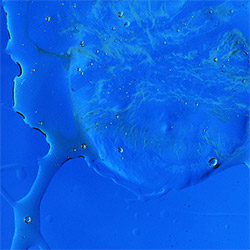
![McGee, Hal: Columbus Expedition [Cassette w/ Download]](https://www.teuthida.com/productImages/misc4/36650.jpg)
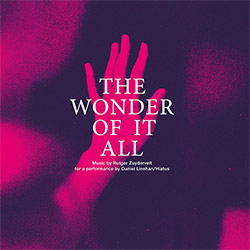
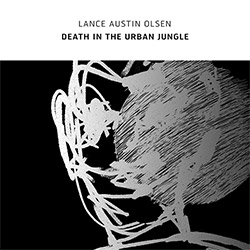
![Jaeger, Kassel: Fernweh [VINYL 2 LPs]](https://www.teuthida.com/productImages/misc4/36541.jpg)

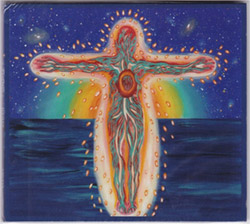
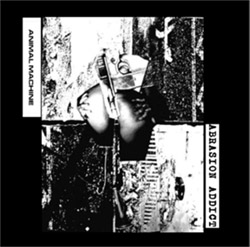

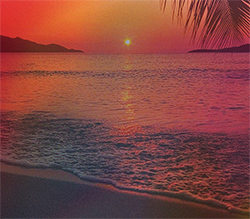
![+DOG+: The Light Of Our Lives [2 CDs]](https://www.teuthida.com/productImages/misc4/36009.jpg)
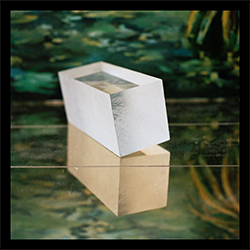

![Eternities: Rides Again [CASSETTE]](https://www.teuthida.com/productImages/misc4/36247.jpg)

![Lopez, Francisco: Untitled (2021-2022) [2 CDs]](https://www.teuthida.com/productImages/misc4/36438.jpg)


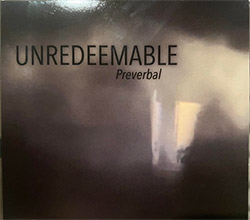
![Pisaro-Liu, Michael: Within (2) / Appearance (2) [2 CDs]](https://www.teuthida.com/productImages/misc4/36831.jpg)
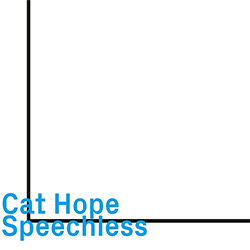
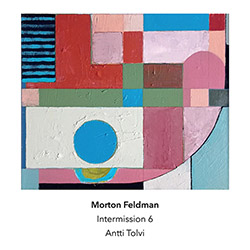
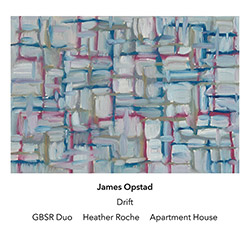
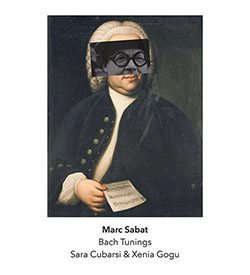
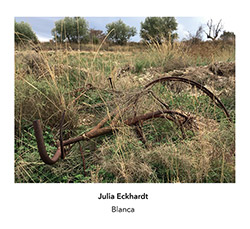
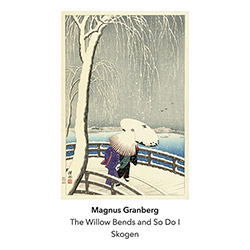
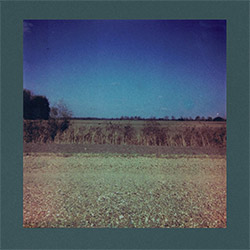
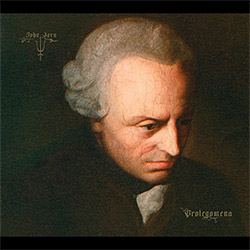
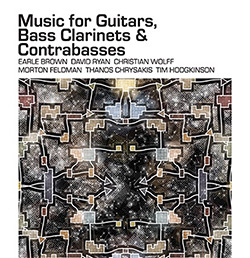
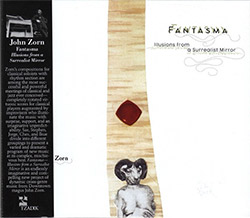
![Musicworks Magazine: #151 Summer 25 [MAGAZINE + CD]](https://www.teuthida.com/productImages/misc4/36559.jpg)

![Brown, Dan / Dan Reynolds: Live At The Grange Hall [unauthorized][CASSETTE]](https://www.teuthida.com/productImages/misc4/36245.jpg)


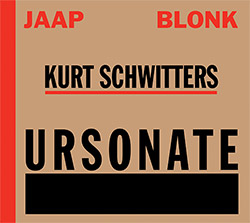
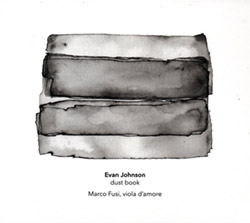
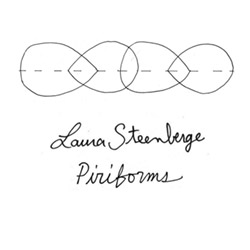
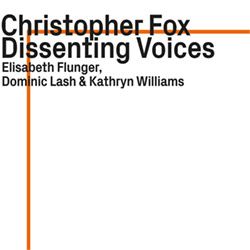

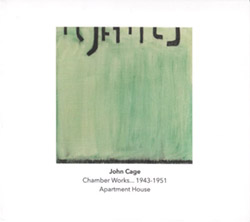
![Palestine, Charlemagne / Seppe Gebruers: Beyondddddd The Notessssss [VINYL]](https://www.teuthida.com/productImages/misc4/36206.jpg)
![Palestine, Charlemagne / Seppe Gebruers: Beyondddddd The Notessssss [NEON GREEN VINYL]](https://www.teuthida.com/productImages/misc4/36207.jpg)
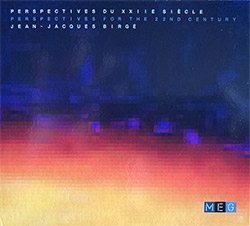
![Laubrock, Ingrid: Purposing The Air [2 CDs]](https://www.teuthida.com/productImages/misc4/35639.jpg)
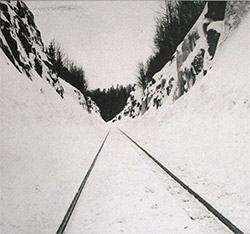
![Halls Of the Machine: All Tribal Dignitaries [CASSETTE w/ DOWNLOAD]](https://www.teuthida.com/productImages/misc4/36134.jpg)
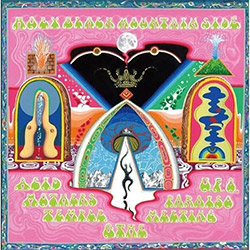
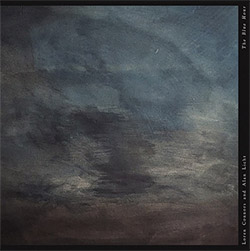
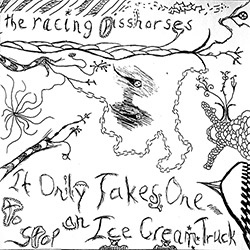
![Koenjihyakkei: Live at Club Goodman [2 CDs]](https://www.teuthida.com/productImages/misc4/36111.jpg)

![Sorry For Laughing (G. Whitlow / M. Bates / Dave-Id / E. Ka-Spel): Rain Flowers [2 CDS]](https://www.teuthida.com/productImages/misc4/35985.jpg)

![Rolando, Tommaso / Andy Moor : Biscotti [CASSETTE w/ DOWNLOADS]](https://www.teuthida.com/productImages/misc4/36106.jpg)


![Electric Bird Noise / Derek Roddy: 8-10-22 [CD EP]](https://www.teuthida.com/productImages/misc4/35970.jpg)








![Elephant9 : Mythical River [VINYL]](https://www.teuthida.com/productImages/misc4/34624.jpg)



![Elephant9 with Terje Rypdal: Catching Fire [VINYL 2 LPs]](https://www.teuthida.com/productImages/misc4/35355.jpg)
![Deerlady (Obomsawin, Mali / Magdalena Abrego): Greatest Hits [VINYL]](https://www.teuthida.com/productImages/misc4/34876.jpg)
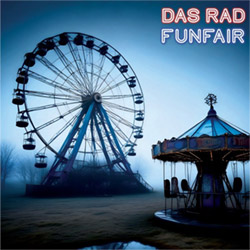
![Coley, Byron: Dating Tips for Touring Bands [VINYL]](https://www.teuthida.com/productImages/misc4/17906.jpg)

![Lost Kisses: My Life is Sad & Funny [DVD]](https://www.teuthida.com/productImages/misc4/lostKissesDVD.jpg)